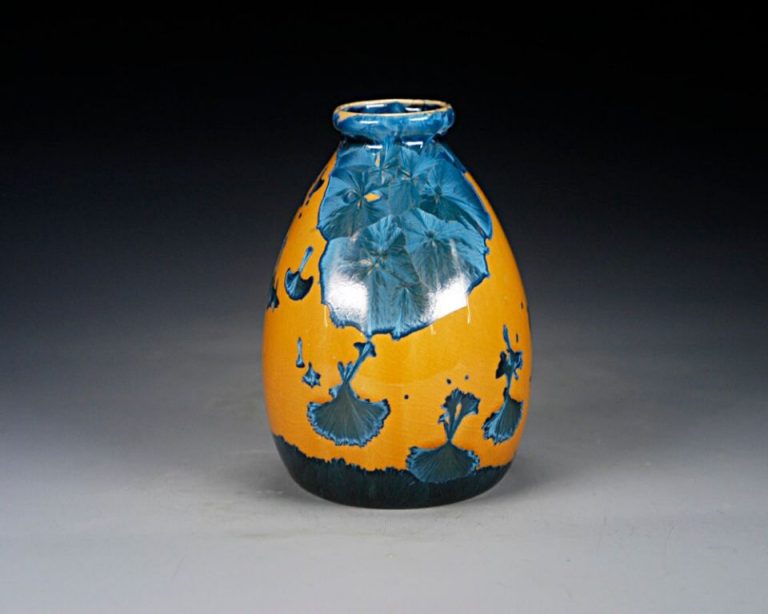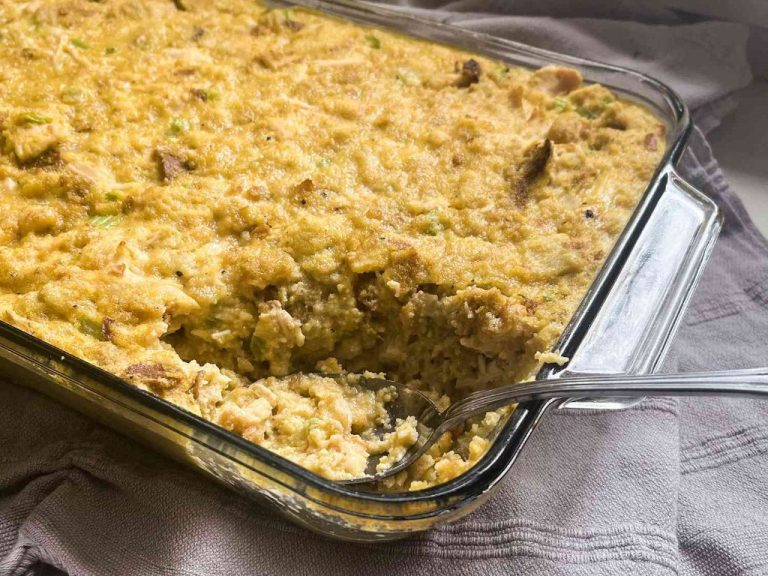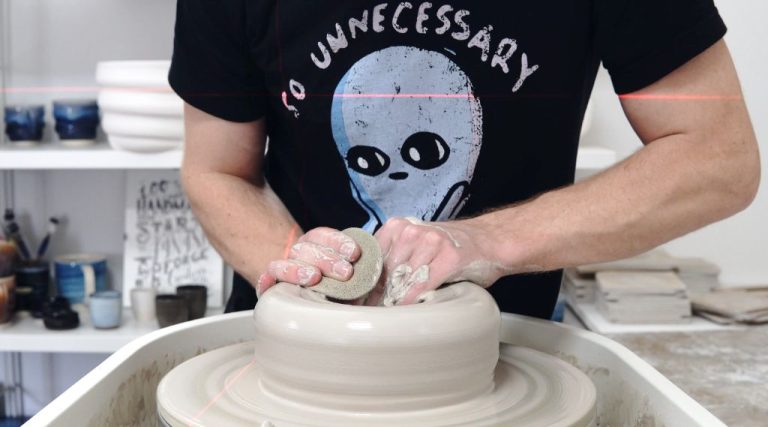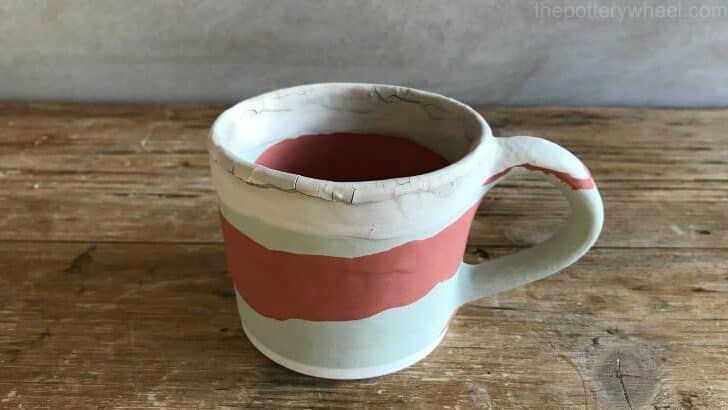What Can I Use To Make Clay Stick Together?
Clay is an incredibly versatile art material used by sculptors, potters, and crafters of all ages. However, plain clay can be quite brittle and fragile. Adding a binder makes clay more elastic, less prone to cracking and breaking while sculpting, and enables joining separate pieces together. This article will provide a comprehensive overview of common household ingredients that can be mixed with clay to bind it together, making it more workable and durable for any type of clay project.
Water
Water is the most readily available and commonly used binder for clays. It acts as an excellent adhesive to help clay components stick together and bind into a cohesive material. For both air-dry and polymer clays, water is the ideal binder.
Water molecules form strong intermolecular bonds with the compounds in clay, allowing the clay particles to stick together. Just a small amount of water mixed into the clay produces enough tackiness and plasticity for shaping and sculpting. Using the right ratio of water prevents the clay from becoming too moist and sticky.
Water offers a non-toxic and safe binding option, as opposed to many adhesives. It doesn’t give off fumes or odors either. Water is also convenient to use and easily washable if excess gets on your hands or workspace.
The water content can be adjusted to reach the desired firmness and workability of the clay. As a clean, abundant and versatile binder, water is an optimal choice for most clay projects.
Glue
Glue is one of the most common household adhesives that can be used to join clay pieces together. There are two main types of glue that work well with clay:
White Glue
White glue, also known as school glue or PVA glue, is a versatile adhesive made from polyvinyl acetate emulsion. It dries clear and hard, creating a strong bond between clay surfaces. White glue is easy to apply directly from the bottle and can be thinned with a bit of water if needed. It’s non-toxic when dry.
Wood Glue
Wood glue is another excellent option for clay. Wood glues are designed to bond porous materials like wood, but also work great on clay. Wood glue provides a very strong bond and is water resistant when fully cured. It tends to dry thicker than white glue. Look for wood glues marked “non-toxic” if using with clay. Apply wood glue sparingly between clay pieces.
Both white glue and wood glue provide strong, easy-to-use adhesives for connecting clay. Let the glue fully dry/cure before handling clay pieces joined with glue.
Oil
Oil can be an effective way to bind clay together. Certain types of oils will not only help clay stick together but will also maintain the clay’s original color. Vegetable oil and mineral oil in particular are great options for binding clay without altering its color.
Vegetable oil such as canola or sunflower oil can permeate clay particles and act as an adhesive between them. The oil fills in the microscopic pores in the clay, helping the pieces bind together. Vegetable oil will not change the clay’s color at all. Pure mineral oil will also bind clay effectively without any color change.
Other types of oil may end up darkening the clay or giving it a yellowish tinge over time as the oil oxidizes. But vegetable and mineral oils resist this oxidation and discoloration. Just a small amount of oil mixed directly into the clay or brushed over attachments should securely hold pieces together.
Vinegar
Distilled white vinegar is one of the most common household ingredients that can be used as an adhesive for air-dry clay. The acetic acid in vinegar allows it to act as a mild solvent, helping to melt the clay particles so they bind together more easily.
Distilled white vinegar is safe for air-dry clay because it does not contain impurities that could discolor or contaminate the clay. It also dries clear and odorless. The vinegar helps strengthen the clay bonds while evaporating without altering the clay’s properties or final look.
To use vinegar, stir a few tablespoons into water until well blended. The solution should be thin and easy to brush over clay surfaces. Allow the pieces to dry fully before handling. Vinegar’s solvent properties mean the clay will be sticky at first before hardening. Let dry completely so bonded pieces do not slip apart easily.
Liquid Clay
Liquid clay, also known as clay slip, is a popular choice for binding clay pieces together. It is a liquefied clay that has a creamy, smooth consistency. Liquid clay is made from the same clay used for pottery and sculpture, just mixed with water to thin it out. The water content can be adjusted to make the slip thicker or thinner as needed.
Clay manufacturers produce liquid clay specifically for the purpose of joining clay pieces and parts. It is sold under names like “Liquid Clay Slip” or “Clay Slurry.” This ready-made slip saves the effort of having to mix up your own from dry clay powder. The slip contains clay particles suspended in water, creating a smooth consistency that perfectly fills gaps and bonds surfaces.
Liquid clay is ideal for joining two clay parts seamlessly. Just brush or pour some slip over the joint, let it dry slightly to achieve a clay-like texture, and smooth it out. The water evaporates as it dries, leaving the clay particles behind to form a strong adhesive bond. Liquid clay also helps seal porous clay and makes a great smooth surface coating. Its versatile consistency allows liquid clay to be used in many clay construction techniques.
Flour+Water
Using a mixture of flour and water is a simple household method to temporarily bind clay pieces together. The flour acts as an adhesive when mixed with water into a paste. Simply dip the clay in or brush the flour paste onto the areas you want to connect and firmly press together. The flour paste dries and hardens to hold the clay together.
The stickiness from flour and water typically lasts a few days or weeks before it starts to weaken. It can be useful for clay projects that don’t need to permanently hold their shape. However, the mixture dries fairly brittle, so it’s not recommended for clay pieces that will bend or withstand force. Over time, flour also leaves behind a white residue. For a cleaner and more durable clay adhesive, glue or liquid clay are better options.
If using flour and water, mixing approximately 1 part flour to 2 parts water creates a good consistency. Adding too much flour can make the paste clumpy. Make sure the flour is thoroughly dissolved for even sticking. Let any excess paste fully dry before handling so it doesn’t smear. While not ideal for permanent clay bonding, a simple flour and water mixture can be handy for simpler or temporary projects.
Cornstarch+Water
Cornstarch mixed with water is an effective way to thicken clay mixtures and help bind pieces together. When cornstarch is combined with water, it forms a non-Newtonian fluid that has some interesting properties.
At rest, a cornstarch and water mixture is liquid and pourable. But when force is applied, like when you try to pull two pieces of clay apart, the mixture temporarily becomes thicker and acts like a solid. This temporary thickening helps lock clay pieces in place.
The exact ratio isn’t an exact science, but generally aim for around 1 part cornstarch to 2 parts water. You can experiment to find the consistency that works best for your specific clay project. Adding a bit more cornstarch makes a thicker mixture, while more water makes it thinner.
Cornstarch mixed with water is an ideal clay adhesive because it washes away easily when no longer needed. Simply rinse the dried clay object with water to dissolve the cornstarch mixture.
Baby Oil+Glue
One effective option for binding clay pieces together is a mixture of baby oil and glue. The baby oil acts as a plasticizer, making the clay more flexible and workable. Meanwhile, the glue adds strong adhesion power to hold pieces together securely.
To use this technique, simply mix a few drops of baby oil into some white glue until well combined. The mixture should have a smooth, creamy texture. Apply a thin layer between clay surfaces and press them together firmly. Allow time to dry completely. The baby oil and glue will dry transparent and form a flexible, yet durable binder.
This combination works well for joining clay elements like attaching appendages onto a sculpture. It creates a strong bond with a bit of flex, helping attached pieces resist cracking or breaking. The oil also prevents the glue from drying too rigid and causing brittleness. Dried pieces bound with baby oil and glue can bend slightly without cracking apart.
For best results, use this method in small amounts to bind surfaces together. It may not work as well for large load-bearing joints in thin or fragile sculptures. But for general clay assembly, a mixture of baby oil and glue makes an excellent homemade clay adhesive.
Conclusion
When looking to make clay stick together, you have several good options depending on your needs. If you want an all-natural solution, flour and water or cornstarch and water work very well to bind clay. For clay sculpture, liquid clay is ideal since it fully integrates into the clay body. Oil and vinegar can also naturally bring clay together, with oil providing more pliability and vinegar adding hardness when dried.
For clay projects that need to be more durable, non-toxic glues are a great choice. Standard white glues work well for general use. For extra strength and water resistance, opt for polymer-based glues like Mod Podge. Adding a bit of baby oil to white glue can help make it more flexible. The glue consistency can also affect the clay – thinner gluesabsorb better while thicker glues resist cracking.
Overall, there are many common household items that can be used singly or in combination to make clay more adhesive. Consider the strength, flexibility, moisture resistance, and intended purpose when selecting the optimal clay binder.




